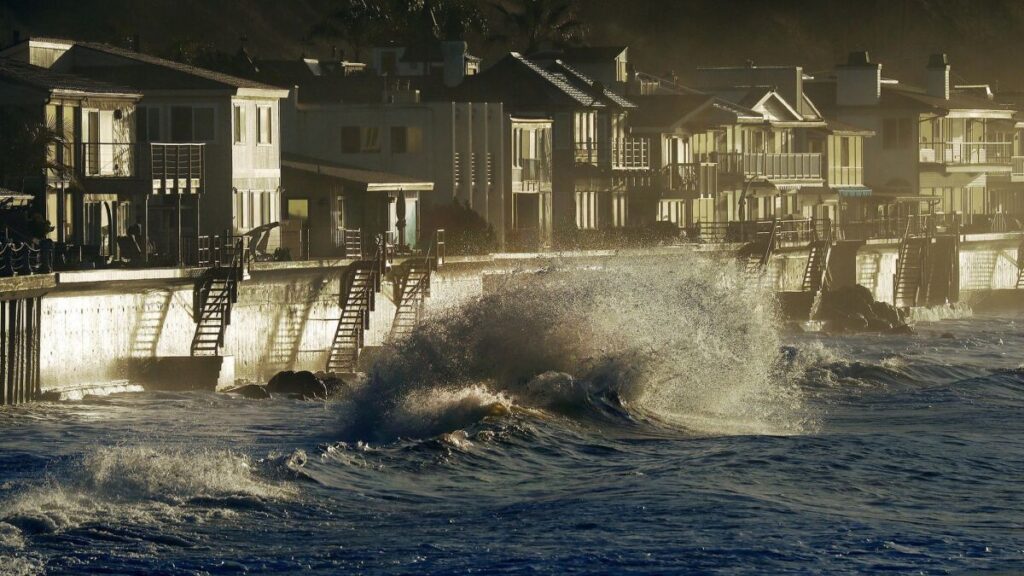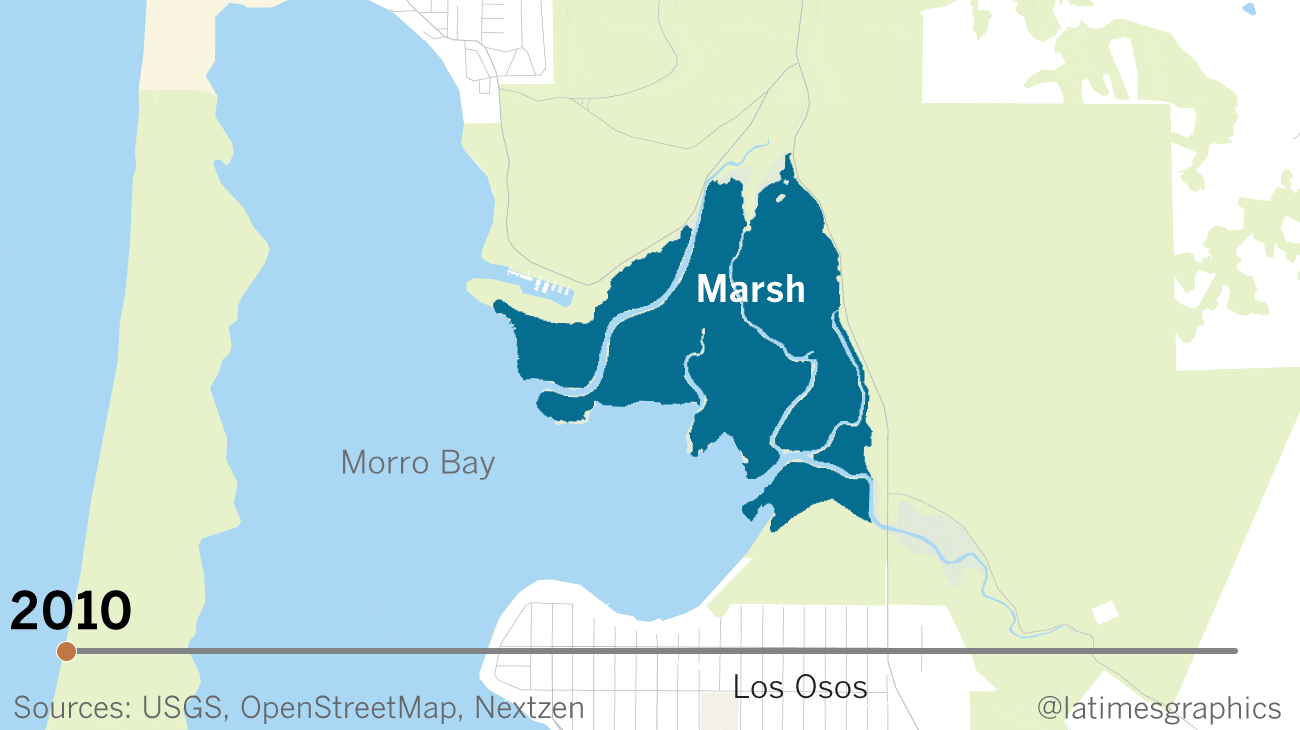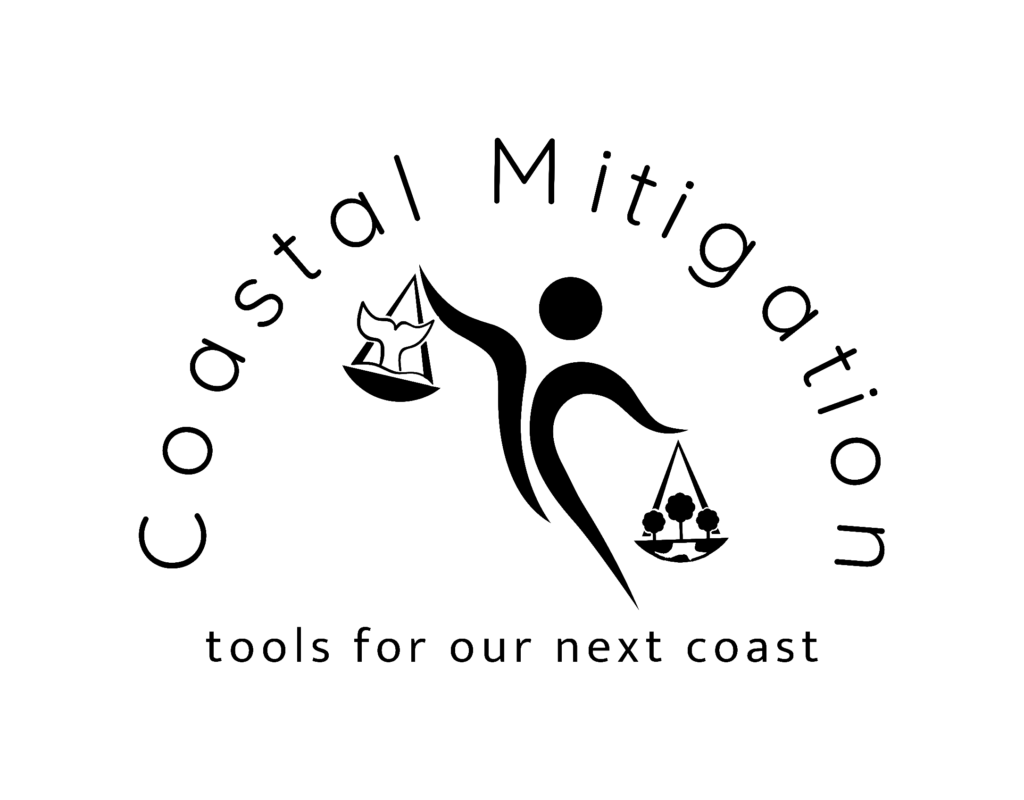
Context For Our Work
California’s coastal zone (herein defined as the terrestrial region proximate to and directly influenced by the sea and the nearshore oceanic regions proximate to and directly influenced by the land) harbors a dizzying array of species, communities, and ecosystem functions which in turn provide a wide range of ecosystem services from provisioning to regulating which makes life in California what it is. California’s coastal system has been transformed over millennia of human interactions. Despite their remnant diversity, coastal systems are vulnerable to chronic coastal development activities that fragment and destroy habitat, novel introductions of invasive species and pollutants, overextraction, increasingly frequent natural and anthropogenic disasters, and the gamut of other synergistic threats of the Anthropocene.
With the emergence of our modern suite of environmental policy tools in the 1970s, we have generally sought to avoid environmental impacts when we can mitigate any impacts that could not be avoided. Unfortunately, our traditional approaches to mitigating these impacts (i.e. habitat restoration), all too often have significant shortcomings. These include too few opportunities for implementation, difficulties in achieving success, high cost, and artificial or arbitrary time frames. Beyond these challenges for extant projects, a growing list of significant coastal impacts outside of development have not historically been viewed through a mitigation lens. This is changing. Increasingly, resource managers are seeking to bring these “new” impacts of the climate crisis (sea level rise, ocean acidification, etc.) under a consistent umbrella of management response such that we proffer a unified approach to recovery from disturbances broadly writ.

Compensatory Mitigation
Environmental mitigation for impacts to coastal organisms or ecosystems is a complex topic embedded in a web of federal and state regulations and laws, social values, and scientific theory and practice. While numerous definitions of “mitigation” are in play, the most widely accepted comes from the U.S. Council on Environmental Quality (US CFR 2021a; 40 CFR § 1508.20) wherein mitigation efforts fall into two main categories:
- preventing or reducing impacts, or
- compensating for an impact by replacing, or providing resources or environments that substitute for the loss of that impact.
Our study focuses on this second category, so-called “compensatory mitigation.” While prevention is strongly preferred over compensation, and we should always strive to avoid impacts in the first place, we live in a world of impacted systems.
Insights from Wetland Compensatory Mitigation
Owing to the U.S. Clean Water Act (and subsequent federal policy) providing specific protections for so-called jurisdictional wetlands, thinking and actions around compensatory mitigation are most developed in the context of wetland ecosystems. Compensatory wetland mitigation programs have slowed the rate of wetland loss in California but mostly not offset losses of ecosystem function (Turner et al. 2001, Ambrose et al. 2007). In California, 91% of our wetlands have been obliterated since 1850 (USFWS 2020). Recent compensatory mitigation mandated by the California Coastal Commission (primarily in-kind and on- or very near-site) seems to have resulted in a net gain of coastal wetland acreage, but that actual net gain appears to be lower than reported and functional equivalency preforms more poorly yet (Alexander 2020). If our in-kind mitigations are failing to hold the line for wetlands, our beaches, reefs, and kelp forests are indeed in trouble under business as usual.
While on-site and in-kind mitigation are generally preferred, the waters have been muddied a bit in recent years in the wake of the so-called 2008 Mitigation Rule issued by the U.S. Army Corp of Engineers and U.S. Environmental Protection Agency. The 2008 Mitigation Rule suggested that under certain conditions off-site mitigation could be adequate and even potentially preferable to on-site (US CFR 2021b; 33 CFR § 325 & 332, 40 CFR § 230) efforts. For example, this may be the case when projects occur as part of a larger, more contiguous manipulation and the mitigation is therefore subjected to more rigorous safeguards or assessments or when there is more flexibility where they can be located (Ambrose et al. 2016).
While guidance is generally clear for in-kind and on-site mitigation, little guidance exists for out-of-kind or off-site efforts. That dearth of guidance and assessment means out-of-kind and off-site efforts proceed extremely haphazardly. For example, an informal survey of nascent wetland mitigation projects in Ventura County watersheds in mid 2021 found nine (9) projects currently exploring/debating out-of-kind options and/or purchasing credits at a distant mitigation bank (Anderson, unpublished data).
The Need
A robust compensatory mitigation strategy should include guidance for all forms of mitigation. While guidance generally exists for in-kind and on-site mitigation, we lack such robust guidance for out-of-kind or off-site efforts. Any such guidance should include:
- what kind of mitigation will be done,
- where those efforts should occur,
- how much mitigation should be required, and
- what components/metrics should be utilized for performance evaluation.
Taken together, these decisions provide a framework for guiding principles that could be used to evaluate existing and new approaches to mitigation as well as planning and permitting for future impacts.
Relevance to State Research Needs
Our resource managers are progressively being asked to determine if and when out-of-kind or off-site mitigation is an appropriate management response all while lacking concise, clear guidance for how to do so. The need for clarity and guidance exists across our state but is particularly acute for compensatory mitigation across California’s immediate coastal zone where overlapping stressors and resource users concentrate across diverse systems to manifest some of the most contentious and complex stewardship challenges now and over the coming decades.
Workplan Overview
Central Goal
Provide clearer guidance for compensatory mitigation project priorities, approvals, and assessments outside of traditional jurisdictional or policy boundaries. In particular, provide a guiding framework for off-site and out-of-kind mitigation.
Phased Approach
We are approaching our work via a series of phases with reinforcing goals with groups of experts brought together for each particular phase.
Goal/Phase 1: Establish Compensatory Mitigation Theory
Goal/Phase 2: Provide Discrete Tests Of Theory Via Application Case Studies
Goal/Phase 3: Synthesis, Revision
